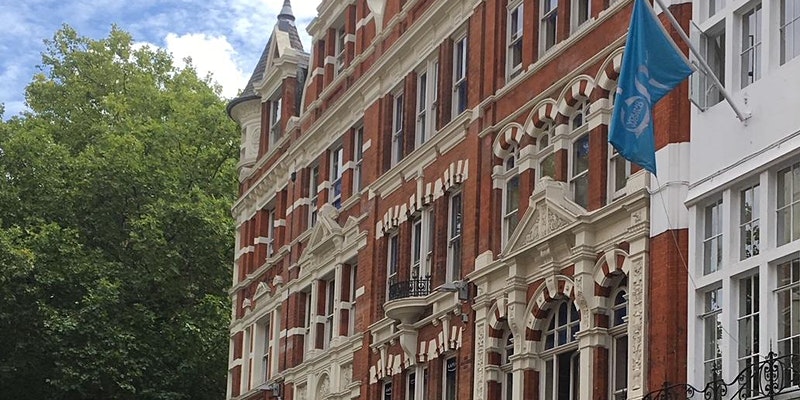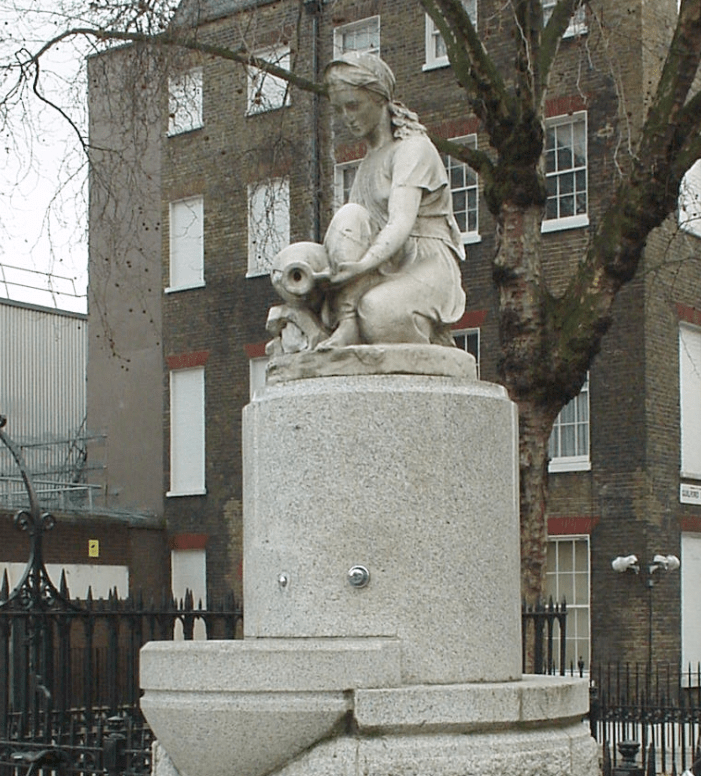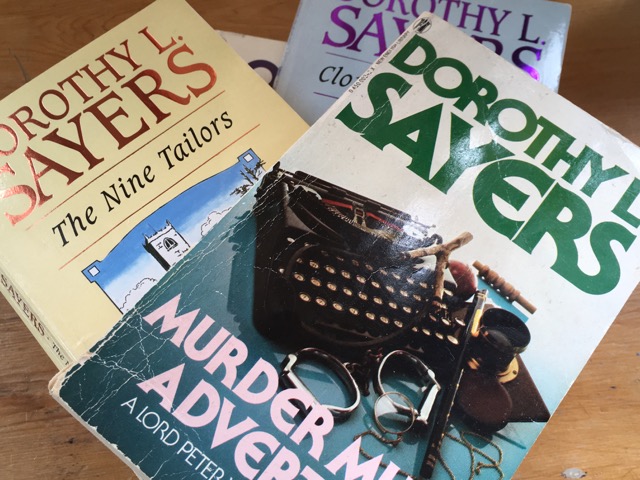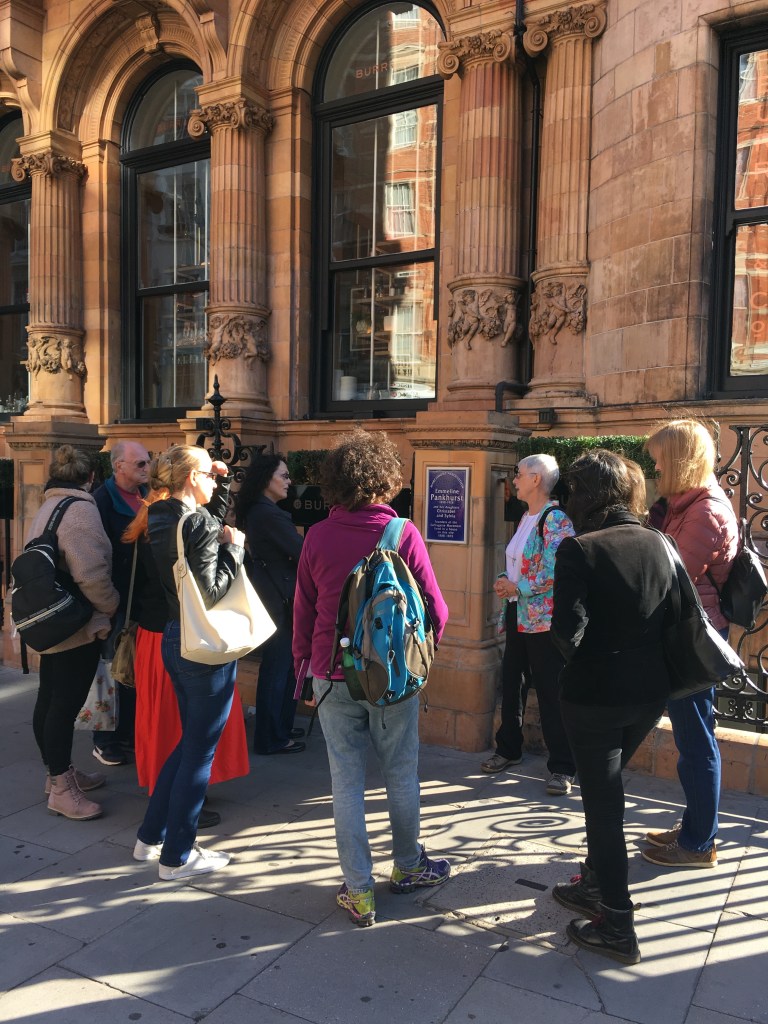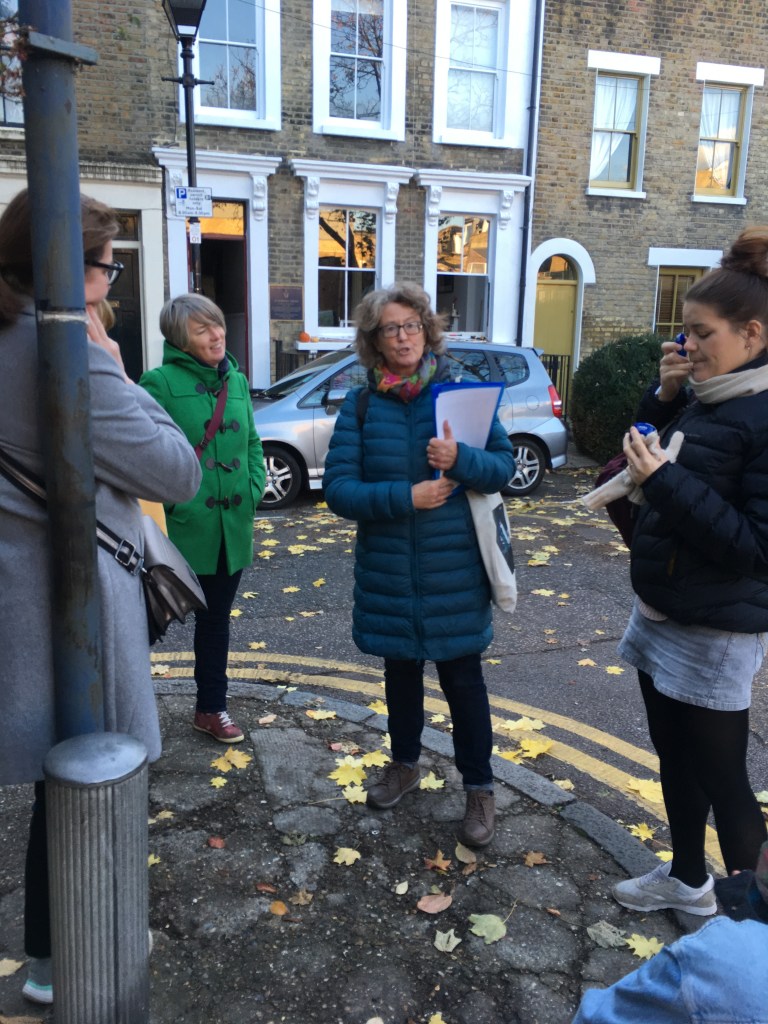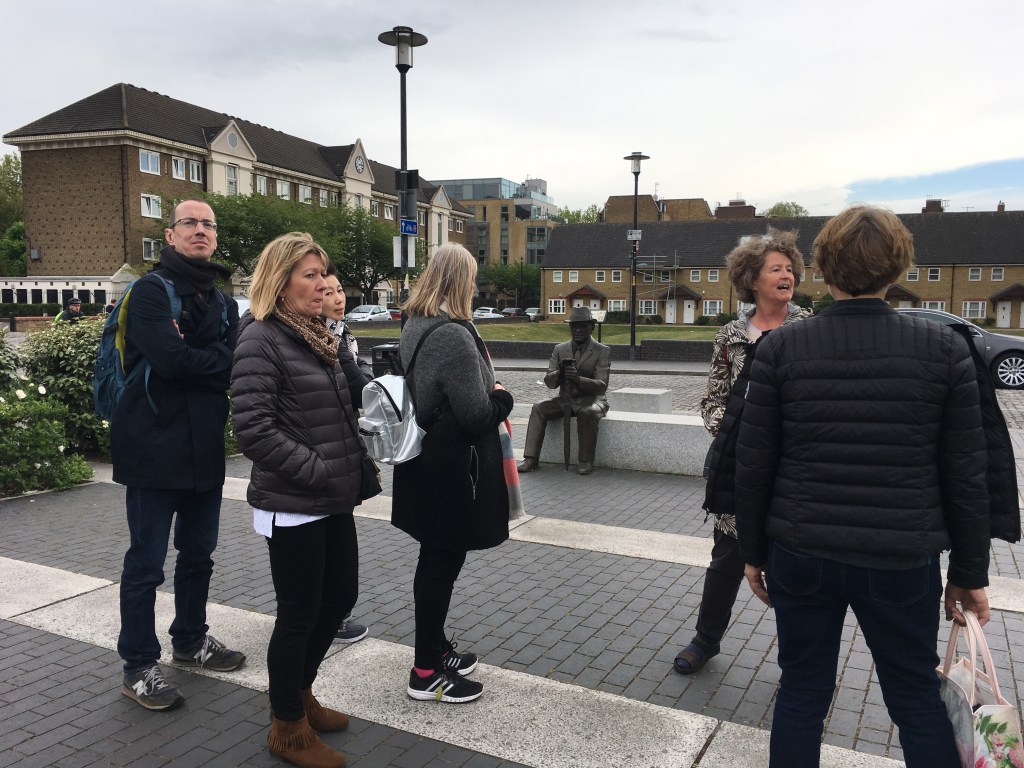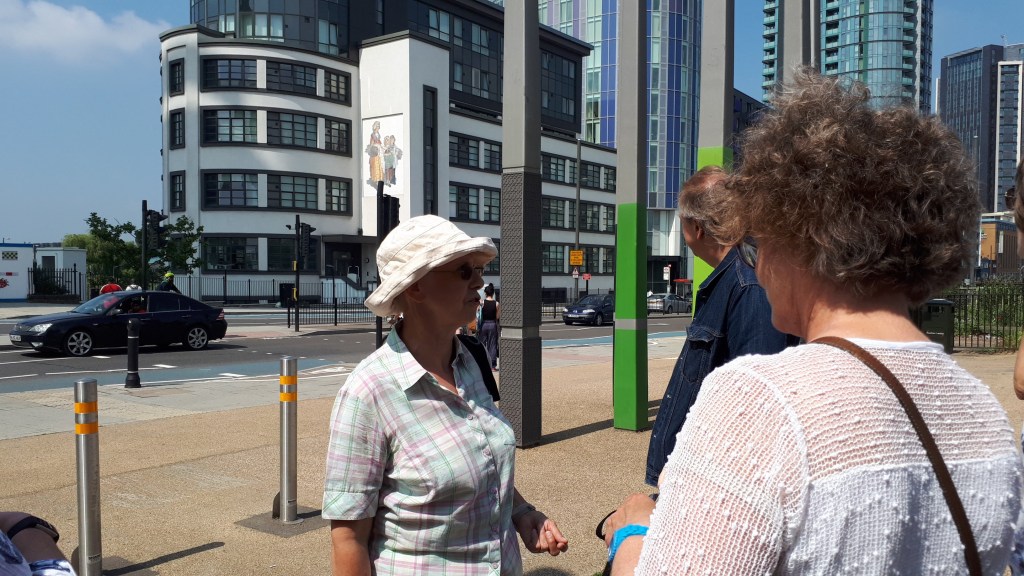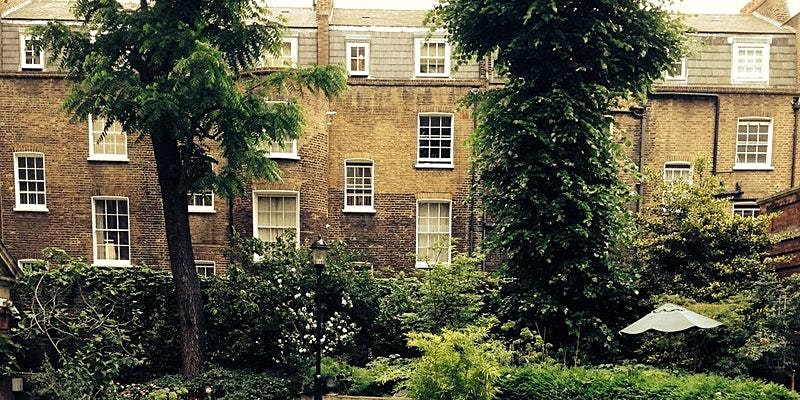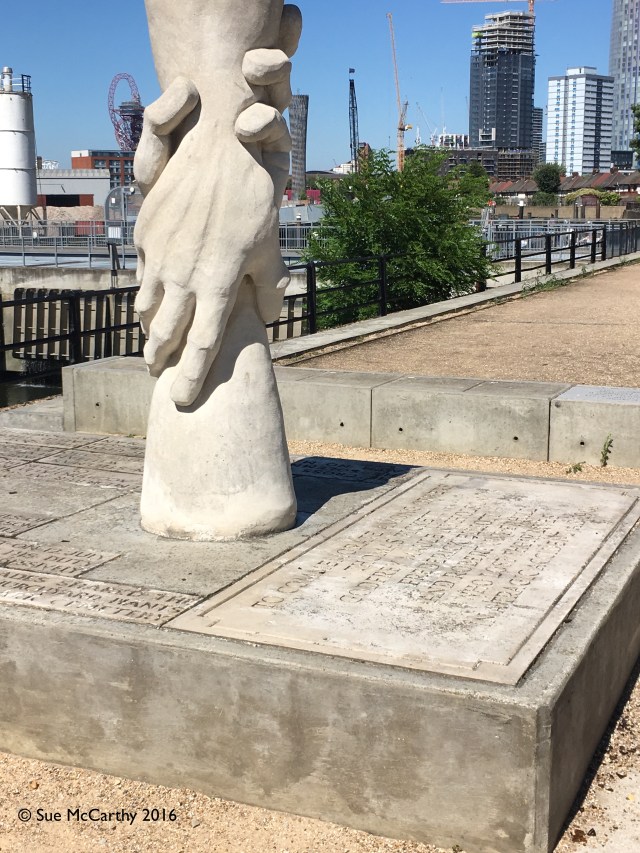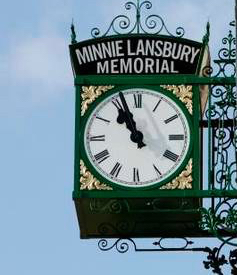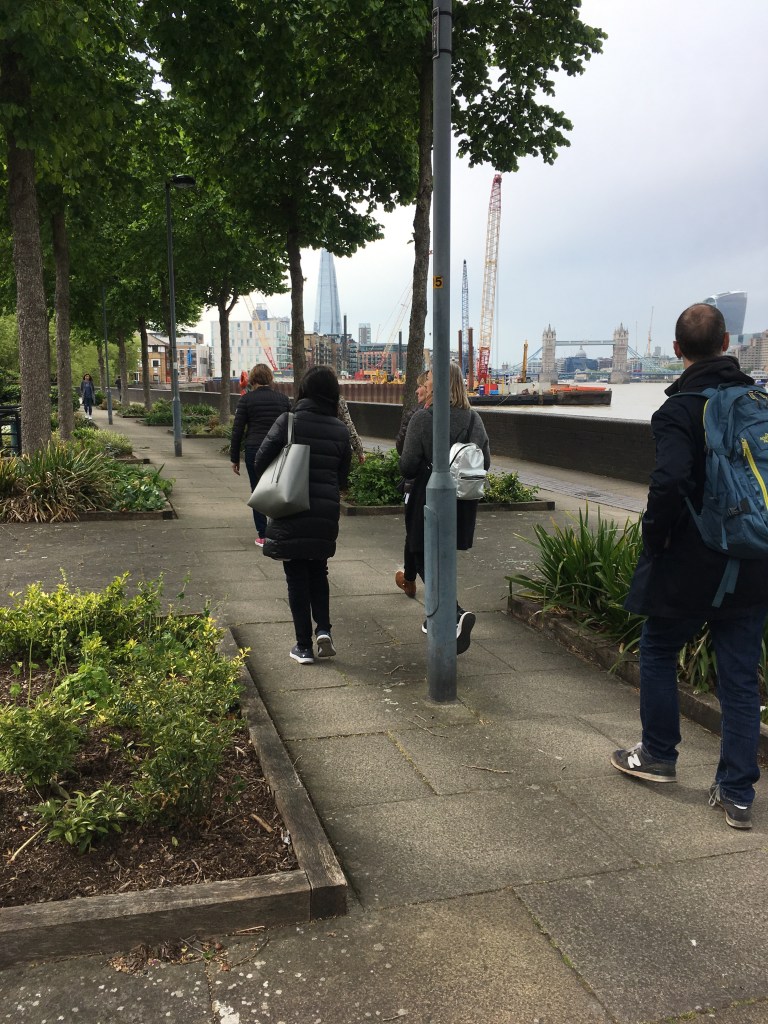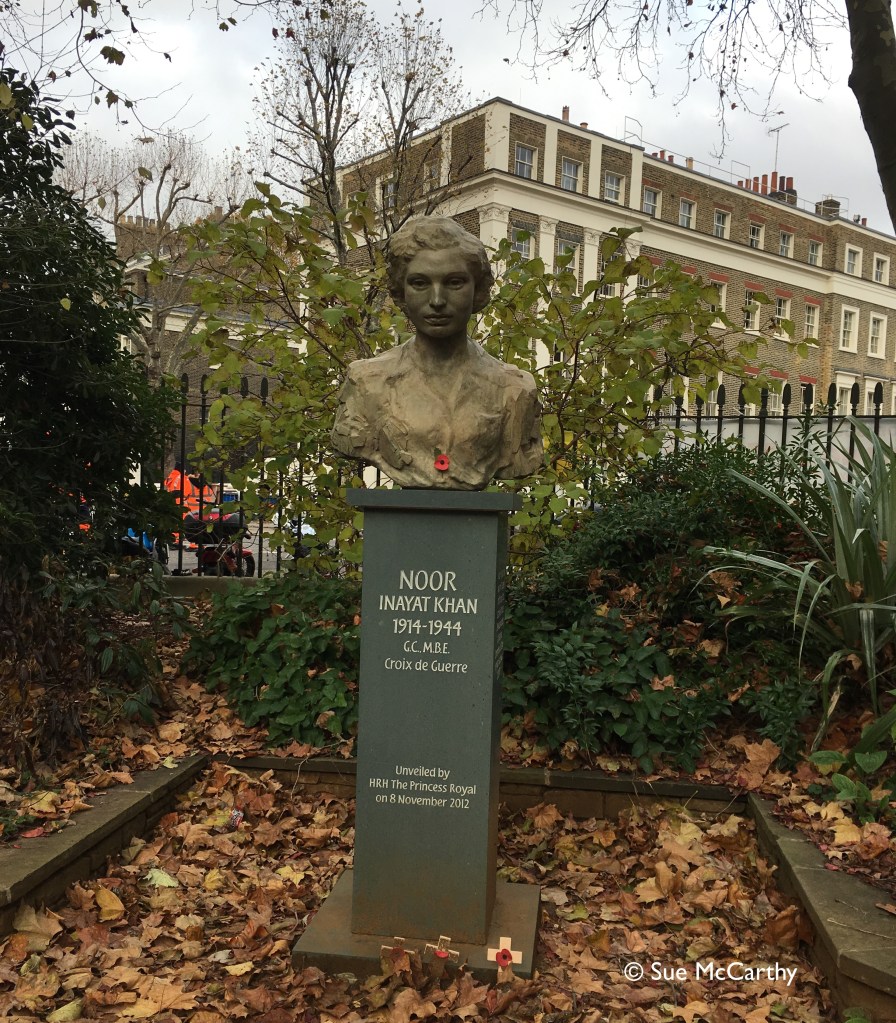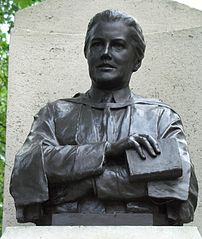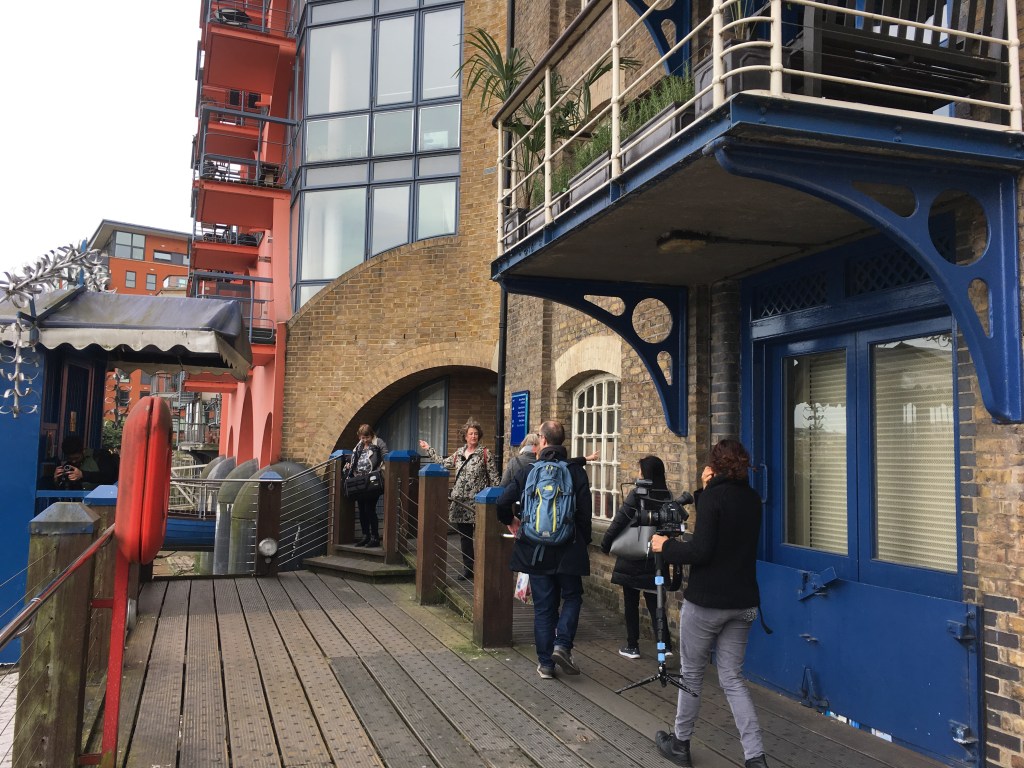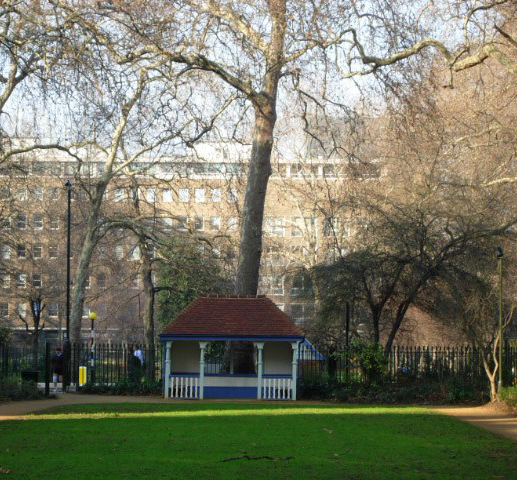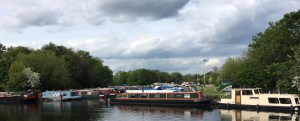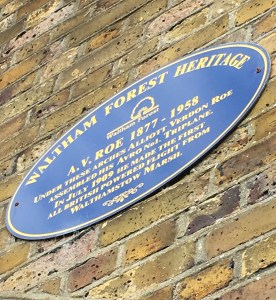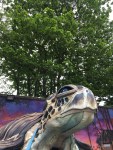Happy New Year! This year Capital Walks in London celebrates our tenth anniverary. For the past ten years, Oonagh and Sue have been delighted to take you off the beaten track and to introduce you to some of our hidden hero(ine)s and favourite people and places.
Over that time, we have led walks in Angel, Archway, Barking, Bermondsey, Bloomsbury, Bow, Clerkenwell, Crouch End, Finsbury, Fitzrovia, Hackney, Holloway, Holborn, Newham, Poplar, Somers Town, Stoke Newington and the City.
We have added new walks each year and 2024 will be no exception. We also have a bigger project planned that we are keeping under wraps for the moment.
First of our new walks for 2024, is Oonagh’s Marx, Lenin and Anarchism: Revolutionaries in Fitzrovia on 13th January.
And on 17th February Sue has a new walk in Waterloo, exploring What’s Behind the South Bank.
Moving into March, we have new literary walks in Waterloo and Clerkenwell, so keep an eye out for those and for news of our bigger project!
Thank you to everyone who has walked with us and shared our enthusiasm over the last ten years. We look forward to seeing you again on a walk soon!


